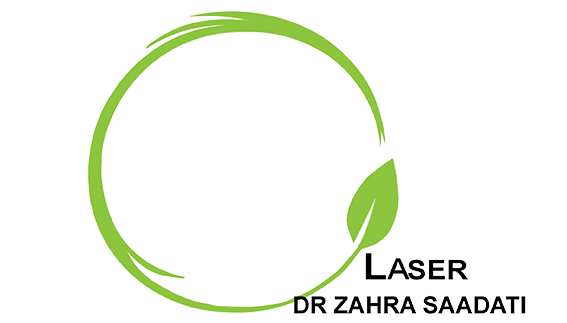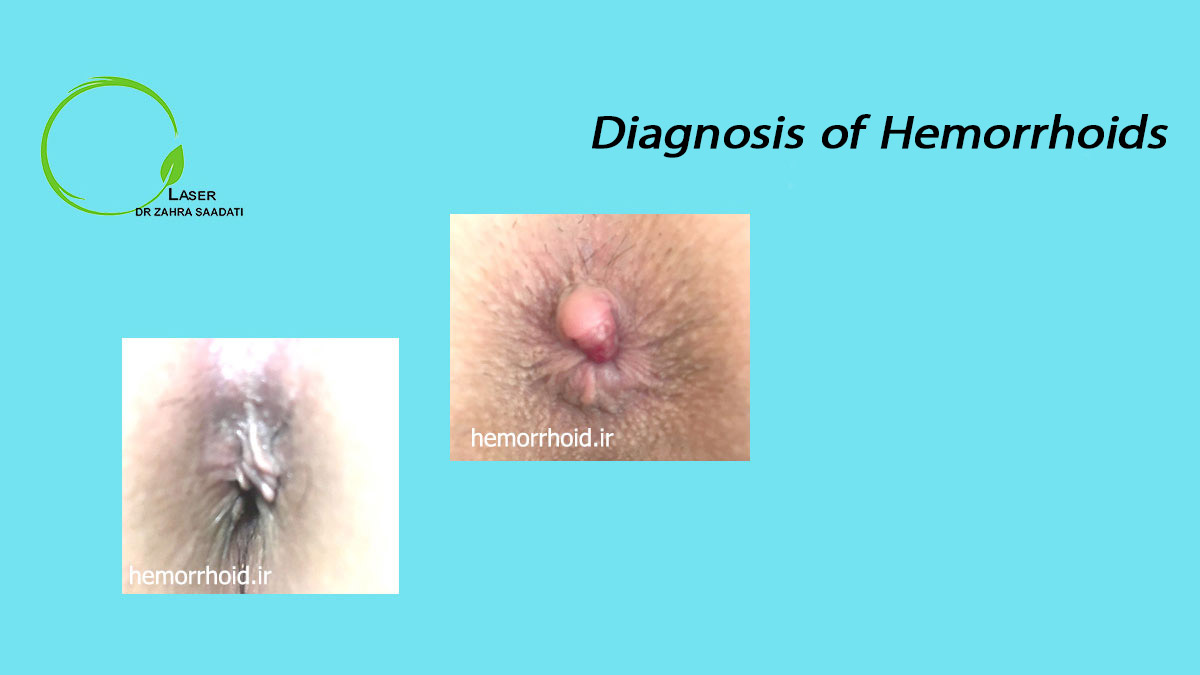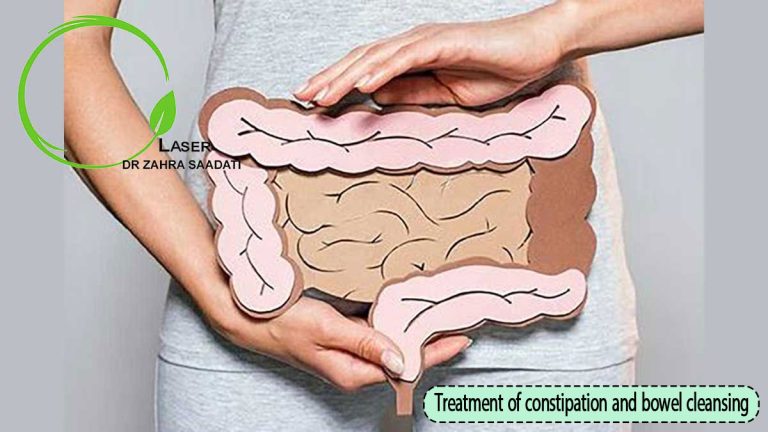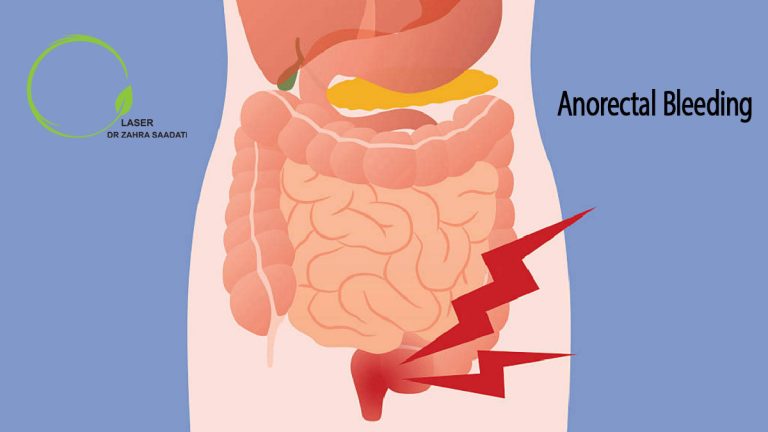Hemorrhoids are primarily diagnosed by examining the symptoms expressed by the patient. In addition, the general surgeon can diagnose external and internal hemorrhoids of Grade 3 and protruded internal hemorrhoids of Grade 4 by examining the anal area. If hemorrhoids are accompanied by pain or anal fissures, the general surgeon avoids touching the area because the patient may experience greater pain and damage. Therefore, you can make sure that the general surgeon will diagnose hemorrhoids or anal fissures in the examination session.
It is noteworthy that 45-65% of Americans experience hemorrhoids in their lifetime. As a result, there is no point in feeling embarrassed to visit a specialist for hemorrhoid diagnosis and treatment because it is a common disease around the world that can be easily controlled by taking timely measures.
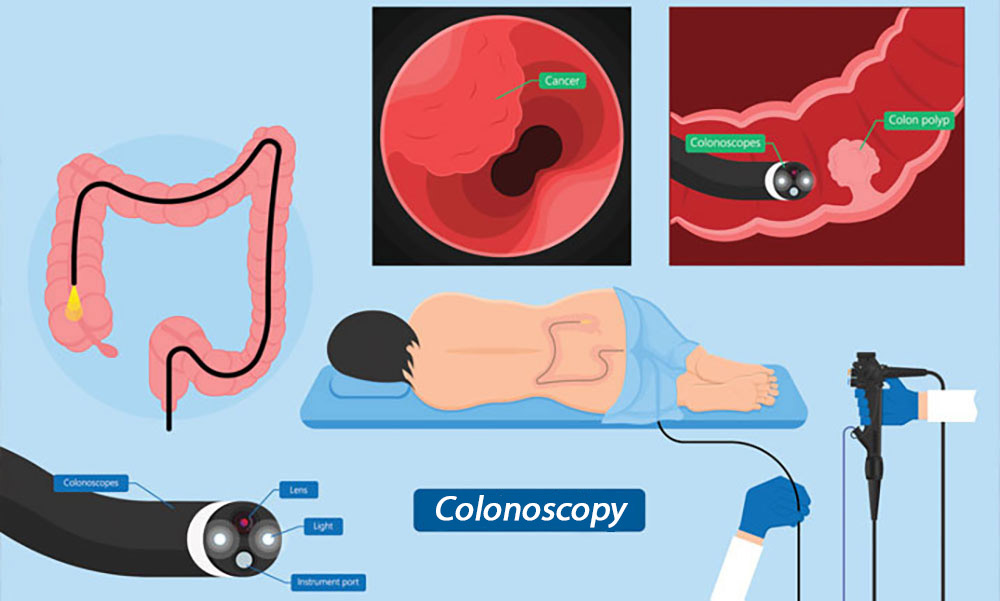
Hemorrhoid diagnostic tests
The general surgeon or the laser surgery specialist sends the removed hemorrhoid paque to a pathology laboratory. It takes about 10 days for the pathology laboratory to definitely identify the nature of the removed mass. Diagnostic tests before hemorrhoid surgery or hemorrhoid laser include medical imaging or colonoscopy. For patients aged over 40 years, the specialist prescribes a colonoscopy and then decides to perform hemorrhoid surgery or hemorrhoid laser based on the findings.
Hemorrhoid comorbidities
In addition to diagnosing hemorrhoids, an experienced and skilled general surgeon may examine the status of the anus and intestine completely because some complicated and chronic hemorrhoids may occur with other diseases such as anal fissures, abscesses, or fistula. As mentioned earlier, the specialist avoids physical examinations in patients who have pain and, instead, prescribes an anoscopy or medical imaging. Once hemorrhoids are diagnosed, the specialist should examine the following items:
- Abscess: in these cases, the patient feels very severe pain due to a highly varying swollen and sensitive mass.
- Cancer: weight loss, pain, bleeding, changes in bowel movements, and progressive ulcers and injuries.
- Condyloma and warts: wart-like bulges accompanied by irritation and bleeding in some cases. Individuals who have multiple sexual partners or experience unprotected sex are at greater risk to develop this disease.
- Anal fissure: rupture and pain. This complication can be diagnosed by observing the area without the need for physical examination.
- Fistula: Purulent discharges and itching. The head of the fistula can be observed in the affected area.
- Irritable bowel syndrome (IBS): bloody diarrhea, abdominal pains, and family history.
- Colon polyps: Painless bleeding that can usually be diagnosed by endoscopy.
- Proctalgia: Rectal pain without bleeding that can be easily diagnosed through observation.
- Colitis: Rectal pain with bleeding that can be diagnosed through digital imaging.
- Rectal prolapse: A mucous mass protruded from the anus.
- Skin tags: The remnants of previous hemorrhoids that do not cause bleeding and are covered with normal skin.

How can patients notice that they have hemorrhoids?
Note that you cannot definitively diagnose hemorrhoids, but you can suspect that you have developed hemorrhoids based on the following symptoms. Then you should visit a general surgeon for further examinations.
- Irritation and pain around the anus
- Itchy, swollen, and painful lump near the anus
- Diarrhea
- Painful defecation
- Blood in stool or rectal tissue
The stage of the disease is determined based on how much the hemorrhoid is protruded.
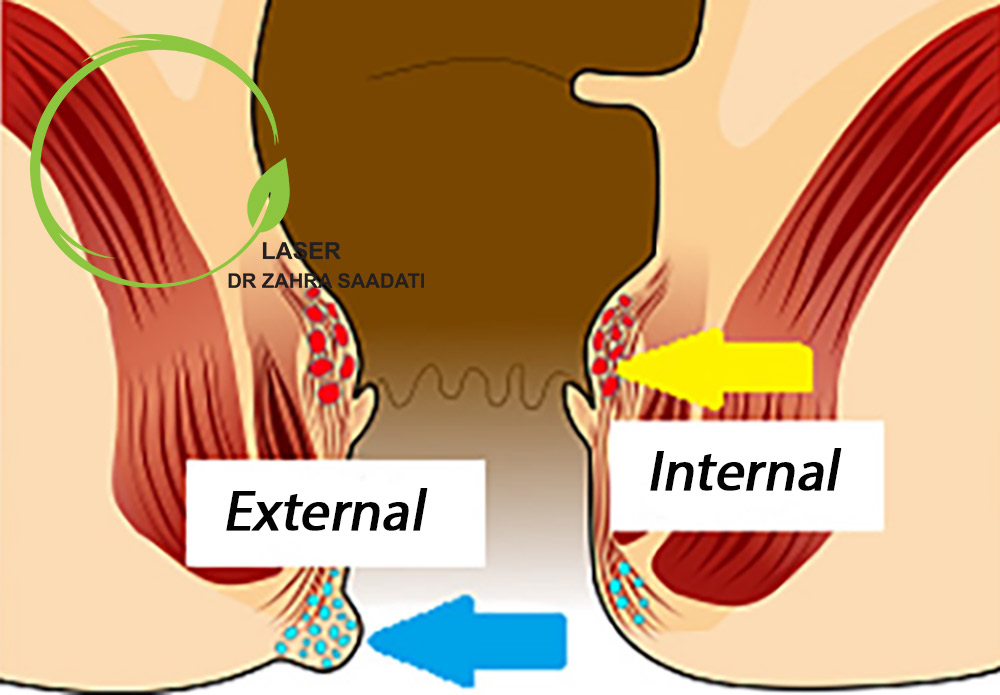
What do hemorrhoids look like?
Hemorrhoids may not have an unusual shape until they are bulged and painful. Particularly, internal hemorrhoids may not have any specific symptoms until they prolapse or protrude. Some sharply painful hemorrhoids have a clearer shape compared to other types. Thrombosed hemorrhoids are similar to a walnut or a raised, bruised button. Some analogize thrombosed hemorrhoids to a swollen hot and inflamed bulb. In this type of hemorrhoid, blood clots are trapped inside the hemorrhoid paque, and the area gets inflamed, swollen, and painful. Patients with this type of hemorrhoid urgently visit a physician while they are reluctant to sit on a chair. However, all types of hemorrhoids are not the same. In some cases, you may notice a skin tag protruding from the anus that can be pushed in with a finger. In addition, after a period of chronic and severe constipation, you may notice appendages around the anus similar to skin tags.
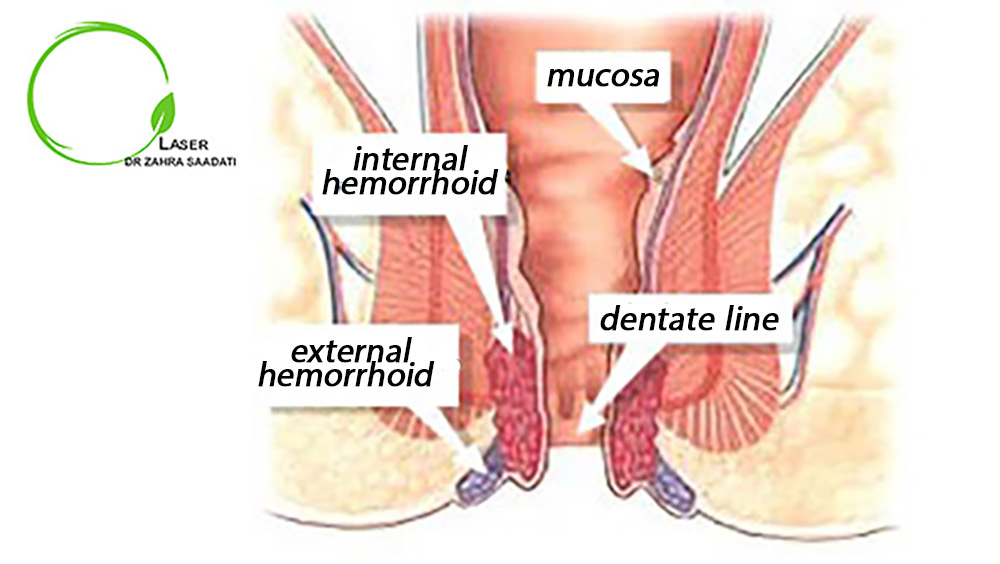
Frequently asked questions (FAQs) about the diagnosis of hemorrhoids
1-What are the examinations for diagnosing hemorrhoids?
The general surgeon can diagnose external hemorrhoids by observing the anal area without touching it. In case of painful internal hemorrhoids, the general surgeon prescribed medical imaging rather than physical examinations. However, physical examination can help diagnose painless internal hemorrhoids when the patient has bleeding and feels a mass.
2-How are the discharges of hemorrhoids?
Hemorrhoid discharges are usually as bright red blood. These mucosal discharges usually lead to anal itching. If hemorrhoids are accompanied by an anal abscess and infections, these discharges will be white, yellow, or green and smell foul.
3-Are hemorrhoid discharges smelly?
The infectious discharges of hemorrhoids smell foul and cause itching. Discharges of internal and external hemorrhoids smell bad if they contain blood.
4-Do hemorrhoids cause fecal incontinence?
Since hemorrhoids cause anal inflammation and protrusion and also alter the normal state of the anus, this disease can lead to fecal incontinence.
